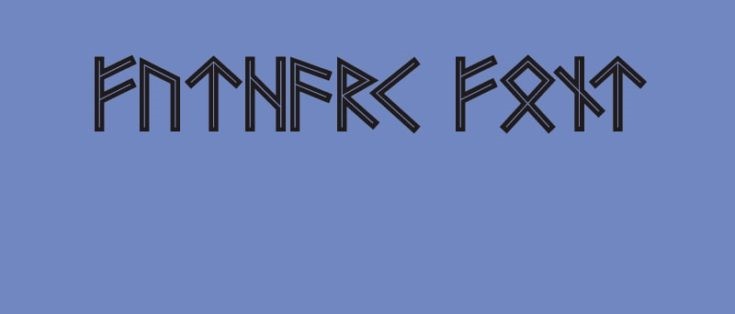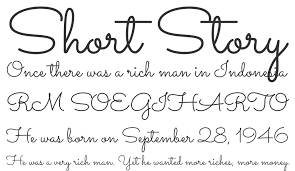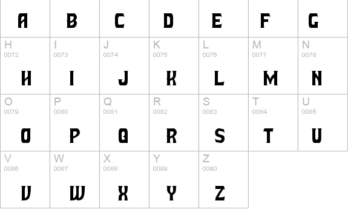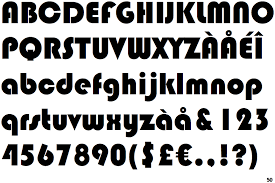The futhark is the oldest Germanic runic alphabet, and the one that was used the longest, from the 2nd to the 8th century. It was used to write most of the Scandinavian languages, as well as the Anglo-Saxon Futhorc.
If you read the Futhark font free download article posted on Typography, and if you’re the type of person who believes that the font you use has a profound effect on how you’re perceived, you may want to consider a Futhark font free download. In this article you’ll find a brief overview of Futhark font free download and how it’s become the new standard.
Futhark Font Family
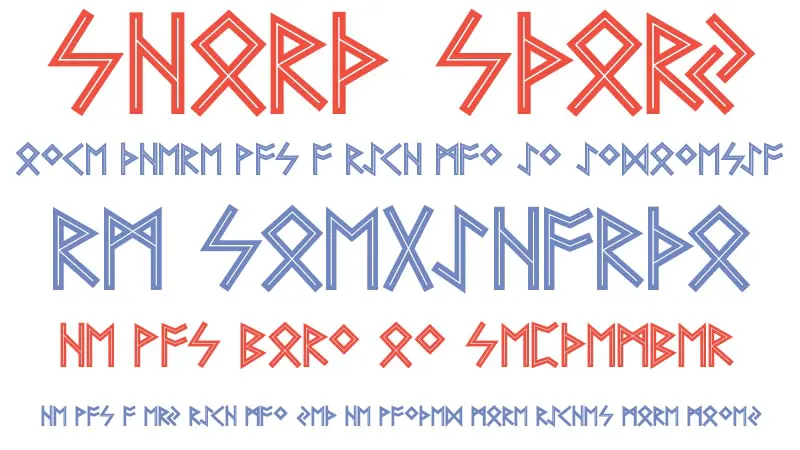
Futhark is a runic alphabet, created by the Vikings, although its roots can be traced back to the much older Germanic Futhork. Futhark is used for both decorative purposes and for more practical ones, as well as for magical incantations. The Vikings were well known for their exploration and conquest, and so this alphabet is still used today, often for tattoos.
Check this font also: La Belle Aurore Font Free Download
Futhark is a runic alphabet designed in the early 1900s by Danish linguist Rasmus Rask. Derived from the Younger Futhark (which in turn was derived from the older Elder Futhark), the alphabet was used for Proto-Norse, a North Germanic language spoken by the Vikings.
The Vikings also used the rune for the letter “Z” (called “thorn” in the Futhark alphabet), which is the letter used in the English alphabet to represent the “th” sound.
One of the oldest and most widespread runic alphabets is the Futhark. Its name comes from the first 6 letters that make up the runic alphabet, F, U (or Uu), Th, A, R, and K.
The earliest known inscriptions using this alphabet date back to around 150 AD. Futhark was used to write various Germanic languages, including English, until the Christian conversion of Scandinavia (which used the Latin alphabet) during the eleventh century A.D.
Browsing the many thousands of different fonts available out there can be quite intimidating. With so many choices, how do you know which one is the right one for your project? The best place to start is by familiarizing yourself with the different types of fonts so you can narrow down your search. Here is a quick guide to the most common categories of fonts and how to use them.
Also Download: Bookvar Font Free Download
The futhark is an old Germanic runic alphabet that was used between the 3rd and 8th centuries AD. The futhark is made up of 24 letters: 16 to represent the basic consonants and 8 to represent the long vowels. Each letter has a name and a symbol that was believed to be magic.
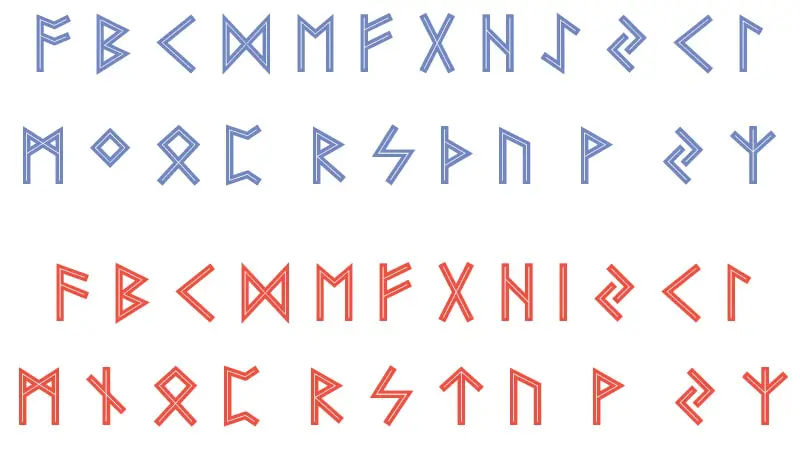
Futhark is a runic alphabet based on the Anglo-Saxon Futhorc, but with only 16 characters rather than the 24 of the elder futhark. It was created by computer scientist and amateur runologist Bruce Andrews in the late 1990s, and has since been adopted by various organizations. The name “futhark” comes from the first six letters: F, U, Þ, A, R, and K.
In a world that’s been dominated by TrueType and PostScript fonts since the early 1990s, the idea of a completely new type of font technology is a bit hard to swallow. Though with Apple being all gung-ho about the new “Futhark” font format, they’re slowly making an impact on the design community.
Futhark is a new font format that makes use of a font compiler that converts a Futhark-formatted text file into a font file that you can use in Mac OS X or Windows. In this article, I’ll cover what the Futhark font format is, how to use it, and what I think of it.
Typefaces are the alphabet and the structure of how those letters are arranged, and the way they look on a page. Futhark is one of the oldest alphabet in the world. It is the alphabet which was used to write Germanic languages before the introduction of the Latin alphabet and for the Germanic branch of the Indo-European languages.
The Futhark or Fuþorc (Old Norse: Futharkh; “alphabet” or “syllabary”) is a listing of the 24 letters of the basic modern runic alphabet, alongside their Anglo-Saxon language names.
The original Icelandic term Futhark is derived from the Danish, Norwegian and Swedish names of the corresponding Old Norse letters: F, U, Þ and A. The Anglo-Saxon variants are derived from the Latinised name for the letter “F”, followed by the original word for “alphabet” (or “alphabets” in the plural), ” † or ” † “, and are named “futhorc” or ” fuþorc “, respectively
The Futhark rune set was a North Germanic alphabet used to write various Germanic languages prior to the adoption of Christianity. Futhark is divided into long-branch (dolg) and short-twig (kort) runes, corresponding to vowels and consonants, respectively.
The symbols were used from the 2nd to the 8th centuries AD. Futhark is divided into long-branch (dolg) and short-twig (kort) runes, corresponding to vowels and consonants, respectively. The symbols were used from the 2nd to the 8th centuries AD.

